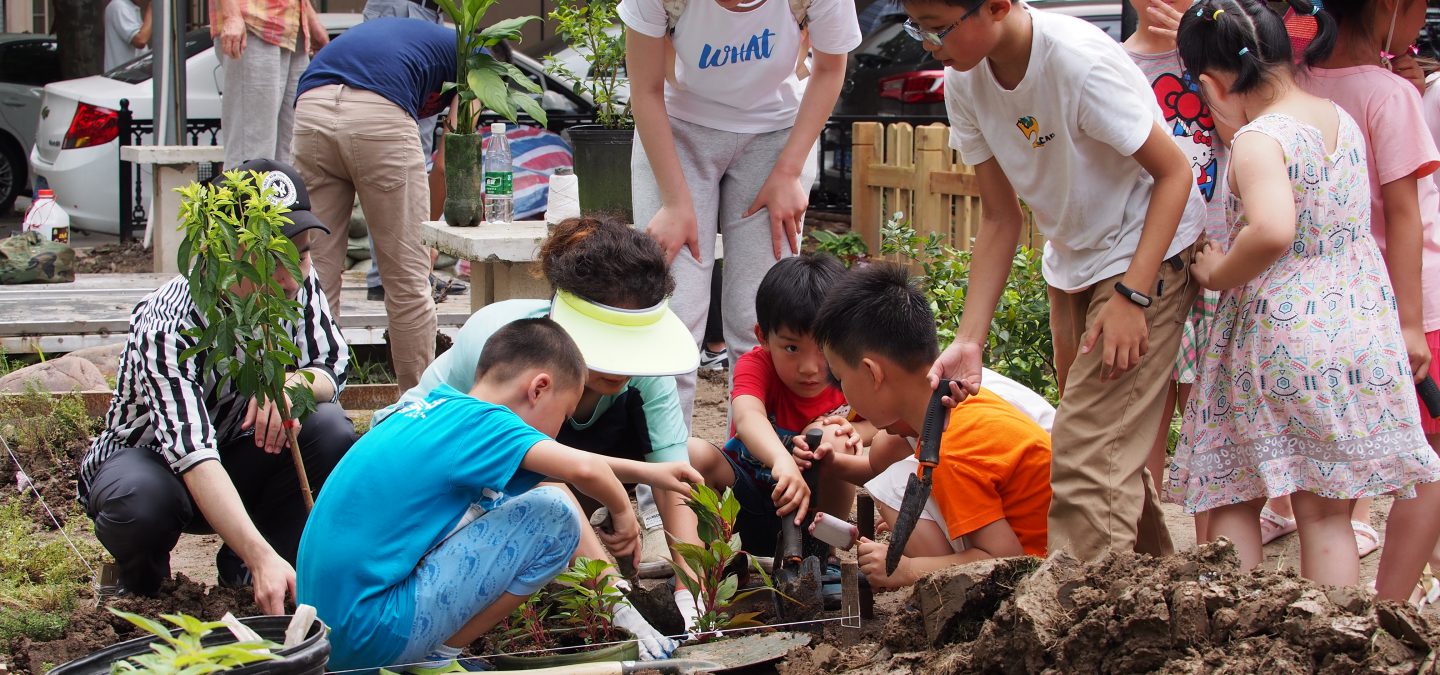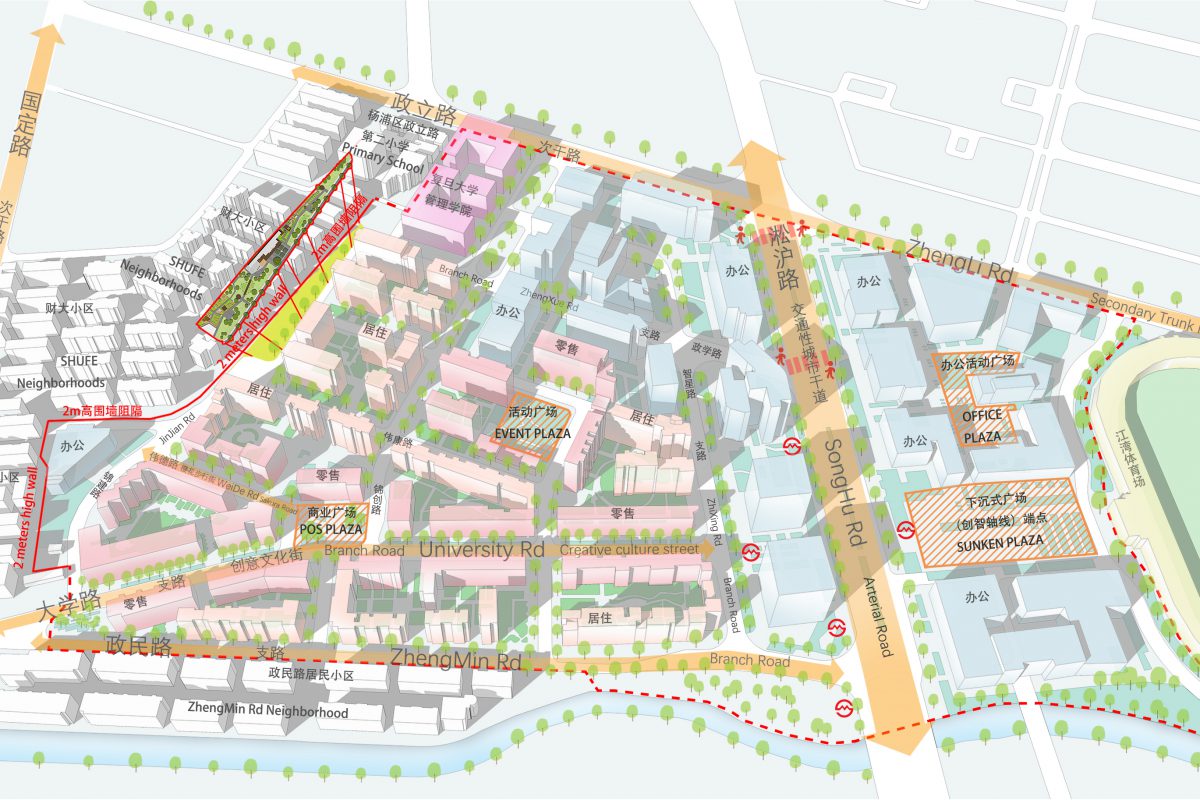
Keep up with our latest news and projects!

With the rapid urbanisation of Chinese cities, improving urban living quality is a shared priority of Chinese citizens and their government. For cities like Shanghai, its green area in the high-density central city area has seen near zero growth during the past years (Liu,Yin, et al 2017). Innovations across different sectors and professions are needed to build more sustainable and liveable urban environments. The following two case studies showcase how community gardens are used as a catalyst for intergenerational interaction, public participation and community empowerment, and benefit its local residents including children, in the Chinese context. The analysis will take the perspective of orgware to illustrate the procedures and outcomes of building community gardens. Although Chinese community gardens are fairly young, their implementation procedures and enforcement mechanisms differ from the western community gardens developed earlier (Liu 2016). Through interaction between young and old within the neighborhoods, child participation and child-friendliness are a central feature in the practice of community gardens.
KIC Garden, claimed as Shanghai’s first community garden (Liu, 2016), was built in 2014 with a floor area of 2,200 m2. It is located in a relatively newly built High-tech industry cluster featuring information technology. The area is a mixture of residence, offices, commercials and universities with a modern urban structure, developed by the renowned Hongkong developer Shui On Properties. As the local government’s ambition of building a demo open neighbourhoods (in comparison to the previous prevailing gated communities), plus the site of KIC Garden located right on the “green axis” of the district master plan, it has received great attention to be regenerated as a convivial public space. The developer has financed the upgrading of the design and implementation. A Chinese NGO – CNS (Clover Nature School), specialised in environmental education and experience with focus on children and youth, was chosen to implement the project. A permaculture design approach is noticeable across different parts of the KIC Garden. The garden provides indoor and outdoor services such as café/tea house, library, playgrounds, edible garden, and community farm which invite residents to participate, share and exchange experiences, plants and vegetation. The architecture hosting indoor activities reuses the shipping containers, furnished with flexible furniture which can be organised respectively for different activities’ needs. Both professional agencies and local residents’ work co-exist in the garden. The case has been appreciated mostly from the local children and families. It builds up a model of a child-friendly community through public participation as well as community empowerment. Due to the scale of the garden, its management and maintenance still rely on the developer at the daily base. Social organizations work closely with the local residents and set up events, activities and public education programs during weekends and holidays. All stakeholders continuously invest in the community garden with the vision to help it develop into a self-organising and self-sufficient community garden.

The Shanghai community gardens began only a couple of years ago as initiatives by the collaborations among governmental agencies, private enterprises, socials organizations and residents. Opening neighbourhoods and focusing on public space can be a new wave of Chinese urban planning and fundamentally influence quality of life in cities in the country. This goes hand in hand with opening doors for all professions to improve the urban built environment through innovative thinking and approaches at different scales. In the practice of building community gardens, motivating public participation and mobilising the knowledge across residents of different ages are the keys to success. Accounting for residents’ – and including children’s voices is highly appreciated and impactful at large. To both build and maintain the community gardens, empowering the local residents to become the leaders, is crucial.